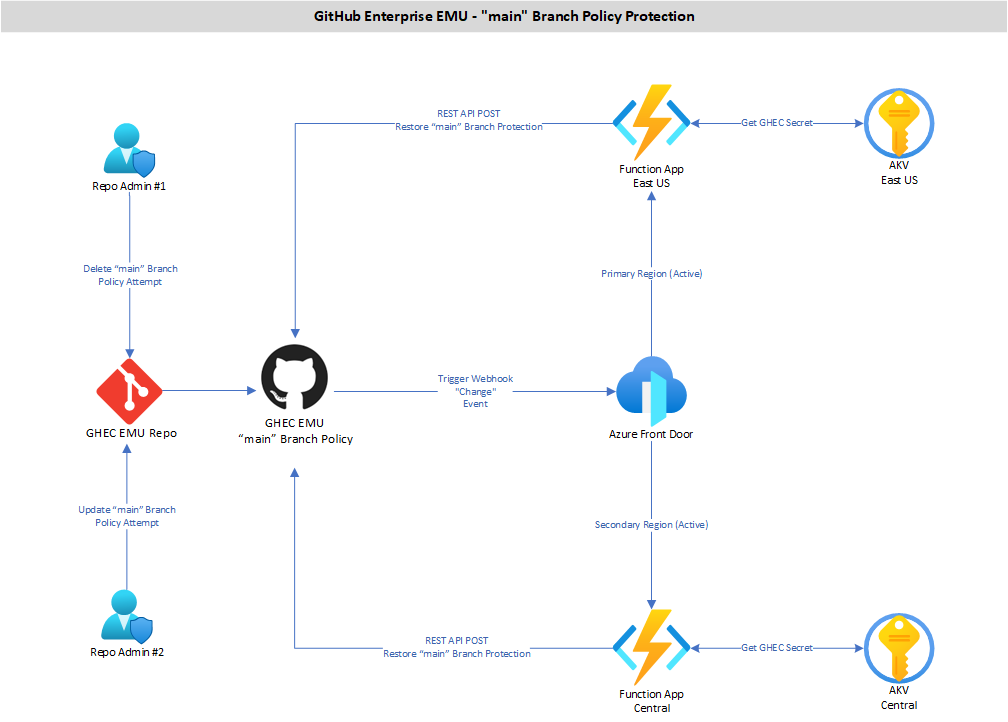ADO Self-Hosted Ephemeral Agents
Providing Ephemeral ADO Self-Hosted Agents running in OpenShift Docker Containers with Customer Metrics Autoscale (KEDA) for Azure Pipelines
| ADO | OpenShift | Docker | KEDA |
|---|---|---|---|
 |
 |
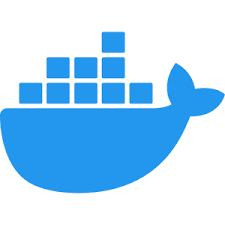 |
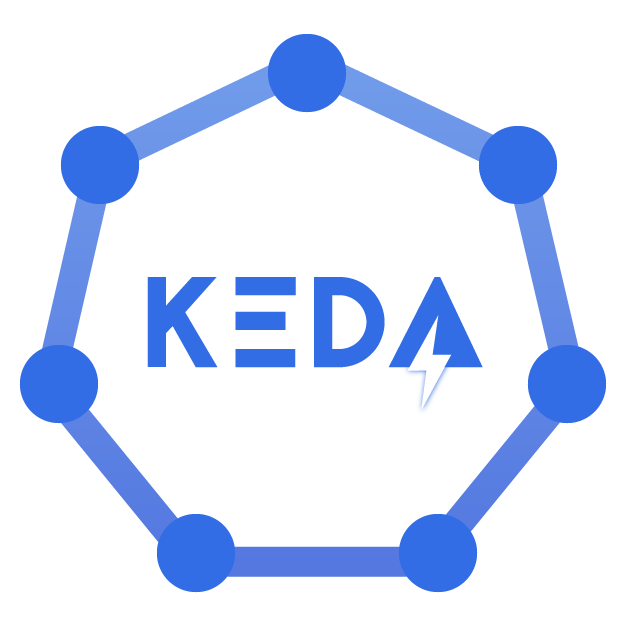 |
The project is using the KEDA scaler for Azure DevOps Pipelines on OpenShift (Customer Metrics Autoscaler) to “link” an ADO Self-Hosted Agent Pool and onboard Self-Hosted ADO Agents when a new Pipeline Job is queued in that Pool.
After the Custom Metrics Autoscaler is enabled in the OpenShift cluster, the following objects need to be created and configured so that the Custom Metrics Autoscaler horizontally scales pods, and containers are onboarded as ADO Self-Hosted Agents in the linked Agent Pool.
-
Trigger Authentication: The Trigger Authentication object is responsible to authenticate itself to an ADO Agent Pool, where it is using the ADO Job Request API (this is an undocumented API) to listen to any active queued Pipeline Jobs in that Agent Pool. Based on the configuration defined in the ScaledJob object, it will create a new ScaledJob, which in turn it will create a Pod and container, and that container will be onboarded as a Self-Hosted Agent in that Agent Pool. The onboarded Self-Hosted Agent is configured to run only one Pipeline Job (this configuration is defined in the
start-once.shscript). After the Pipeline Job is completed (succeeded, failed, or cancelled), the Self-Hosted Agent is offboarded from the Agent Pool and the underlying container is terminated. The ScaledJob is marked as completed in OpenShift. -
ScaledJob: The ScaledJob object defines the template container spec of the linked docker container image (from the namespace’s imagestream), the agent pool trigger requirements, and the environment variables passed to the container from the pod. It also defines any reserved cluster resources that the pod and/or the container will need.
OpenShift Pods are created using a Docker image built from the official Microsoft Hosted Agent Ubuntu:22.04 and Ubuntu:24.04 GitHub repo. These images have been “translated” to be build with a Dockerfile in an ADO YAML Pipeline. Upon image built, the images are uploaded to an OpenShift Namespace imagestream where they are made available for use in ScaledJob container spec templates.
Value Added
- Efficiently update and maintain Azure DevOps agent container images
- Rolling updates of image updates
- Autoscaling of Ephemeral ADO Agents based on Pipeline parallel jobs
- Auto Onboarding and Offbording Ephemeral ADO Agents per Pipeline Job
- Minimize Agent hydration time to 2 minutes
- OpenShift Cluster operation cost efficiencies
- Efficient utilization of Agent resources with container spec resource request and limits
Solution Architecture
The Ephemeral Agent workflow process starts from an ADO Pipeline triggered from within an ADO Project. The Pipeline YAML definition needs to point to the Agent Pool that is linked with the Ephemeral Agents OpenShift Autoscaler.
When an new Pipeline Job is queued in that Agent Pool, the OpenShift Trigger Authentication object will get notified over API. The Trigger Authentication will initiate a new OpenShift Job, from the ScaledJob object’s definition, which in turn will create a new Pod and Container from the docker container image in the namespace’s imagestream.
Once the new Container is created, it will run the start-once.sh script, defined as ENTRYPOINT in the Dockerfile definition. This script is responsible to download and export the Agent configuration software from the Microsoft repo, onboard the container as a Self-Hosted Agent in the Agent Pool, and initiate the agent service to listen for queued Pipeline Jobs.
When the Agent’s status shows up as “online”, the Agent will pickup the queued Pipeline Job to run its Tasks. Since the agent service on the container is configured to run only one Pipeline Job, the service will offboard the Agent from the Agent Pool once the queued Pipeline Job is completed (succeeded, failed, or canceled).
A Job Termination signal will also be sent to the container, which in turn will terminate itself and stop the pod.
After this operation is complete, then the OpenShift job will be marked as “Completed”.
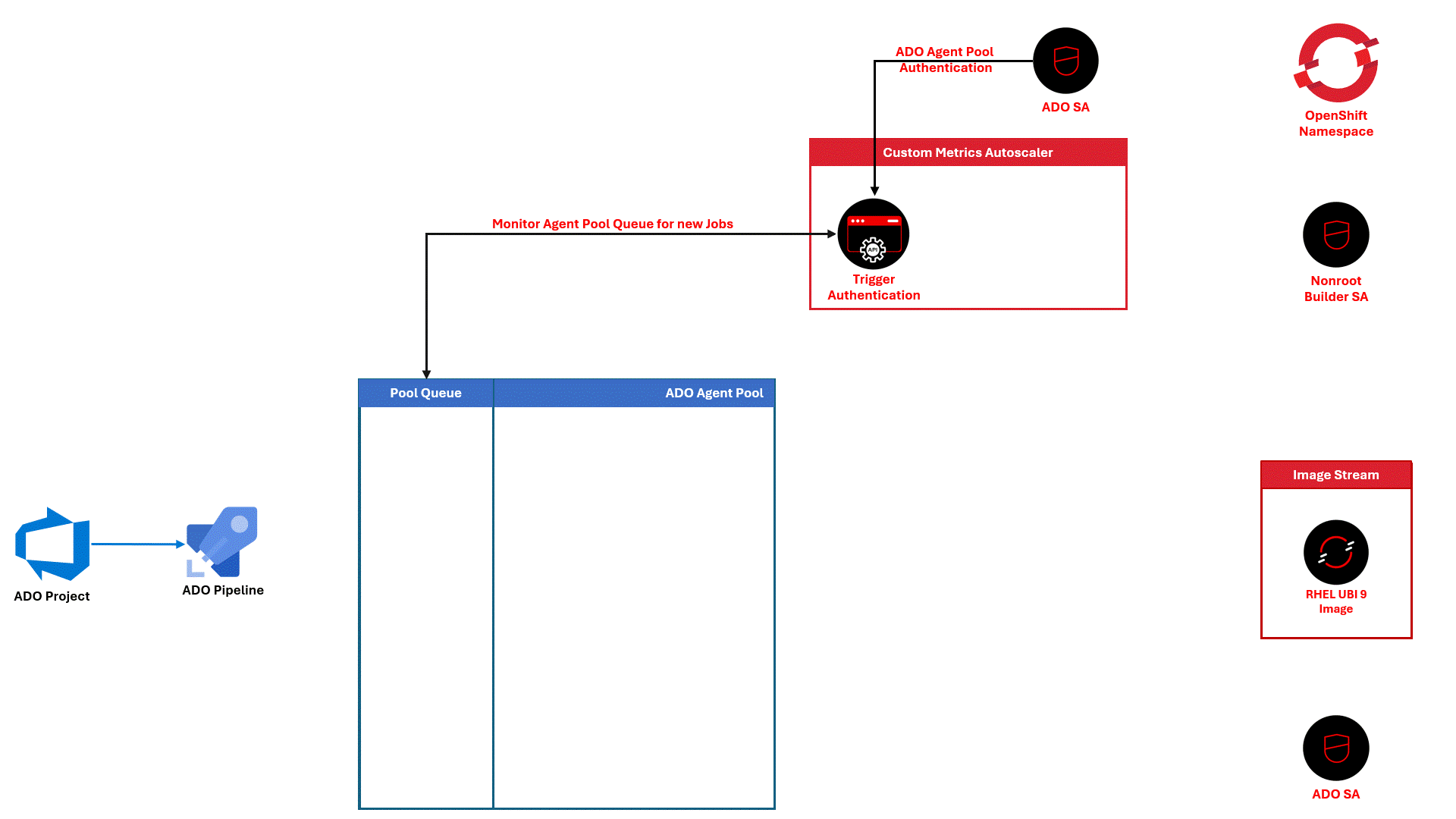
ADO & GHEC Log Management Solution
Providing ADO & GHEC Organization-level Logs in PowerBi through CosmosDB Log Analytics Synapse Connection
| ADO | GHEC | Function App | CosmosDB | PowerBi |
|---|---|---|---|---|
 |
 |
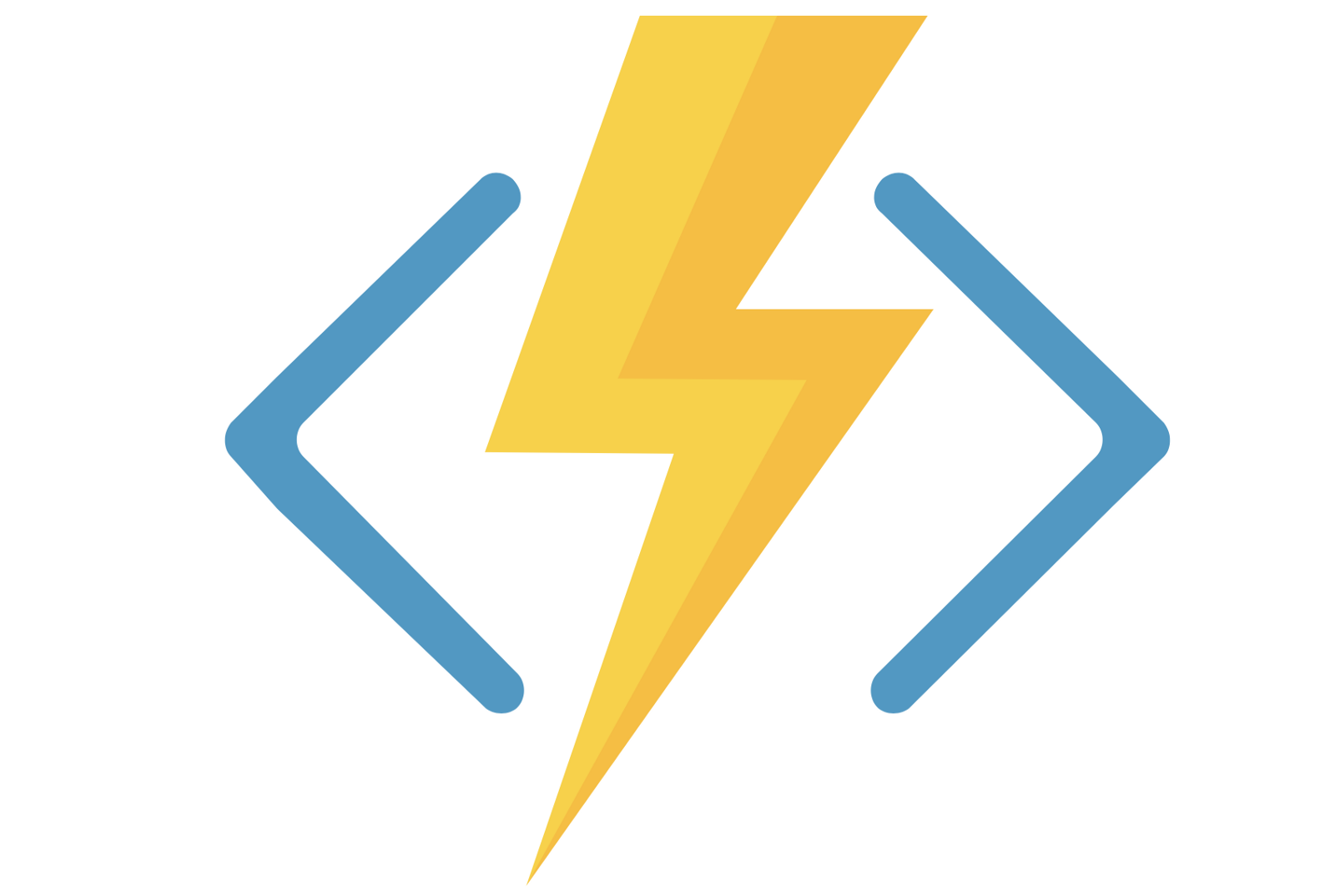 |
 |
 |
This solution has been developed to supplement the out-of-the-box log retention and management service of Azure DevOps Services (ADO) and GitHub Enterprise Cloud (GHEC) platforms.
In ADO, Organization-level logs can only be maintained for up to 90 days. Logs dating more than 7 days must be extracted into a .csv or JSON file for further investigation. Project-level logs are not captured by the system.
In GHEC, Organization-level logs can only be maintained for up to 400 days. Displaying and filtering logs accross Organization is a challenging task.
The ADO & GHEC Log Monitor solution allows to overcome the above issues with logging as well as align with the InfoSec’s log retainment directive of at least 12 months of Logs.
Value Added
- Organization, Project/Repo, and Agent/Runner level logs in one place
- Easier retrieval of logs for trends and troubleshooting
- Function representation of logs in queries and dashboard for Admin and Managerial level of access
- Secondary location of log storage on Azure Log Analytics Workspaces
- Log retainment of 12+ months
Solution Architecture
ADO
For retrieving weekly ADO usage statistics, a PowerShell Function with REST API input bindings to ADO Organizations and CosmosDB database output bindings to Document Collections, will run on ADO Project CI/CD Pipelines.
The CosmosDB Document Collections will be enabled with the Azure Synapse Link services, which will generate T-SQL Views in a Synapse Analytics Workspace SQL Serverless Pool.
The SQL Serverless Pool will in turn be queried by PowerBi defined Reports and Dashboards through a Synapse Analytics Workspace connection.
GHEC
GitHub Enterprise Cloud is capturing logs for all linked Organizations at the root Enterprise level.
For retrieving these logs, a new Audit Log stream of type Azure Event Hub needs to be configured under the Enterprise’s Log Streaming service.
The Azure Event Hub will be bound to an Azure Event Hub Triggered Function App (Windows/PowerShell) which will be triggered whenever a new Enterprise-level JSON event message is added to the Event Hub.
The Azure Function will analyze the event message and based on a PowerShell statement, will be sending (POST) each event message as a new JSON document to an out-bounded CosmosDB noSQL Document Database.
The CosmosDB database will be configured with a Collection for Enterprise-level documents.
In turn, all the CosmosDB Collection will be enabled with the Azure Synapse Link service, which will generate T-SQL Views in a Synapse Analytics Workspace SQL Serverless Pool.
The SQL Serverless Pool will in turn be queried by PowerBi defined Reports and Dashboards through a Synapse Analytics Workspace connection.

ADO & GHEC Provisoning Solution
Using Custom ADO Work Item CR to Provision ADO resources (Projects, Teams, Security Groups) and GHEC resources (Repos, Teams)
| ADO | Boards | PowerShell | Function App |
|---|---|---|---|
 |
 |
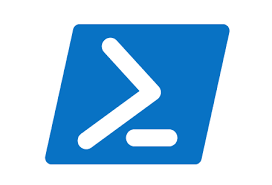 |
 |
The solution allows the provisioning of ADO and GHEC resources from the submission of an ADO Work Item (Change Request - CMMI teamplate). It allows a user who is not either a Project Administrator or a Project Collection Administrator to easily provision resources in ADO and GHEC, based on pre-defined templates.
Value Added
- Standardizes the provision of resources to ADO and GHEC
- Allows for non-admin users to provision resources (with managed Quality Gates and Admin Approvals for the Pipeline Provisioning)
- Aligns the provisioning of these resources with the SDLC tracking process of ADO.
- Increases accountability and traceability of provisioned resources and approval in ADO.
- Allow for configuration drift when provisioning templates need modification.
Solution Architecture
It uses a Work Item with custom fields to retrieve input values from a user. When the WI changes state to “Active” a Project webhook posts the Work Item data to an Azure Service Bus which is linked with an HTTP Triggered Function App. The Function App runs PowerShell code which determines what ADO or GHEC resource to build and then sends a REST request to the associated ADO Pipeline to build the resource. Upon successful execution, the Pipeline is linking the provisioned resource URL to the Work Item and changes the Work Item state to “Resolved”.
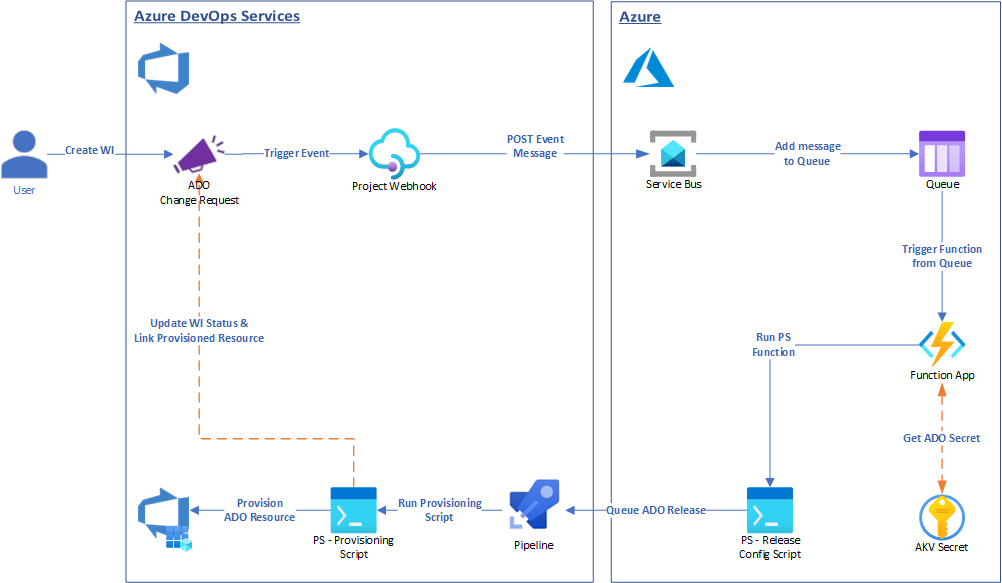
ADO Change Management Integration with ServiceNow
Using Release Pipeline Quality Gates to determine deployment to a Pipeline Stage based on ServiceNow Change Request State transitions
| ADO | ServiceNow | Pipelines |
|---|---|---|
 |
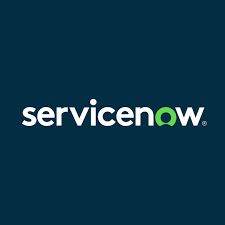 |
 |
The solution provides integration between ADO and ServiceNow platforms in respect to Change Management and Release workflows. It allows for tight release stage controls based on ServiceNow Change Request states, using REST API calls for the evaluation of retrieved state samples in pre-prod Quality Gate.
Value Added
- Align ServiceNow Change Request workflow with ADO Release workflow for increased traceability
- Initiate deployment to production based on ServiceNow Change Request state implementation window
- Prevent unauthorized deployments to production from the release pipeline
- Change state of ServiceNow Change Request based on outcome of release pipeline stage
Solution Architecture
To integrate ADO and ServiceNow, ADO requires the installation of the ServiceNow Change Management extension. This extension enables the ServiceNow OAuth2 authentication configuration in the ADO Organization which will be integrated with the ServiceNow platform. Once OAuth2 configuration is set, then an ADO Pipeline stage can be configured with the ServiceNow Change Management Pre-Deployment Gate which maps to the ServiceNow Change Request fields. Once the Gate is enabled, before the pipeline stage runs, it evaluates the ServiceNow predeployment gate based on the evaluation options, sucess criteria, and desired status of ServiceNow Change Request.
The evaluation takes place in the form of REST API (GET) calls to the ServiceNow Change Request API. The ADO Quality Gate collects samples in a defined interval (minimum 5 minutes) to determine the Change Request state based on quality gate success criteria. If the success criteria are satisifed after two consequent 5-minute samples, then the Pipeline stage proceeds with the deployment.
The Pipeline stage can be configured with an Agentless Task, which uses the “Update ServiceNow Change Request” Task to change the state of the linked ServiceNow Change Request to “Support”. This Task also adds a “Work Note” to the ServiceNow Change Request with the Pipeline Release name, Team Project, and link to the Pipeline run.

GHEC EMU “main” Branch Policy Protection
Protecting the “main” Branch of each repository from unauthorized/accidental deletion or change on protected rules
NOTE: This solution was developed and enforced prior to GitHub providing the modern branch rulesets on the Enterprise, Organization, and Repository levels.
| GHEC | Front Door | Function App |
|---|---|---|
 |
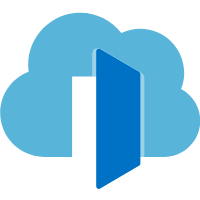 |
 |
The solution allows GHEC Enterprise and Organization Administrators to set an “enforced” branch policy for the “main” branch of each GHEC EMU Enterprise so that users with repo “admin” role cannot intentionally or accidentally delete the “main” branch and/or override “protected” branch policy rules. Repo Admins are however allowed to add extra rules to the “main” branch policy.
Value Added
- Overcome the repository “admin” role GHEC limitation where repo “admin” can delete and/or change branch policy protections and/or rules.
- Uniformely protect the “main” branch of each GHEC EMU repo in all managed Organizations
- Allow for added-on protection rules in the “main” branch policy protection, while retaining and enforcing the “protected” rules
Solution Architecture
The solution is using an Enterprise set Webhook which is set to monitor for “branch protection rules” events. The webhook is also “linked” with an Azure Front Door URL where it is sendign the payload whenever it is triggered by the set event.
In Azure, the Azure Front Door is receiving the payload from GHEC and then based on Rule Sets, it forward the payload to one of the two HTTP-Triggered Function Apps which are set on Azure Front Door through Origin Groups.
These two HTTP-Triggered Function Apps are set in an “active-active” setting to provide geo-reduduncy to the solution. When the Function App retrieves the payload from Azure Front Door, it runs a PowerShell script which based on the payload content, it calls back the GHEC Repo from which the “policy change” event originated, and through GitHub REST APIS, either it restores the “main” branch policy if it has been deleted, or restores the individual policy rules inside the “main” branch policy object, if they have been changed fron the values enforced.
